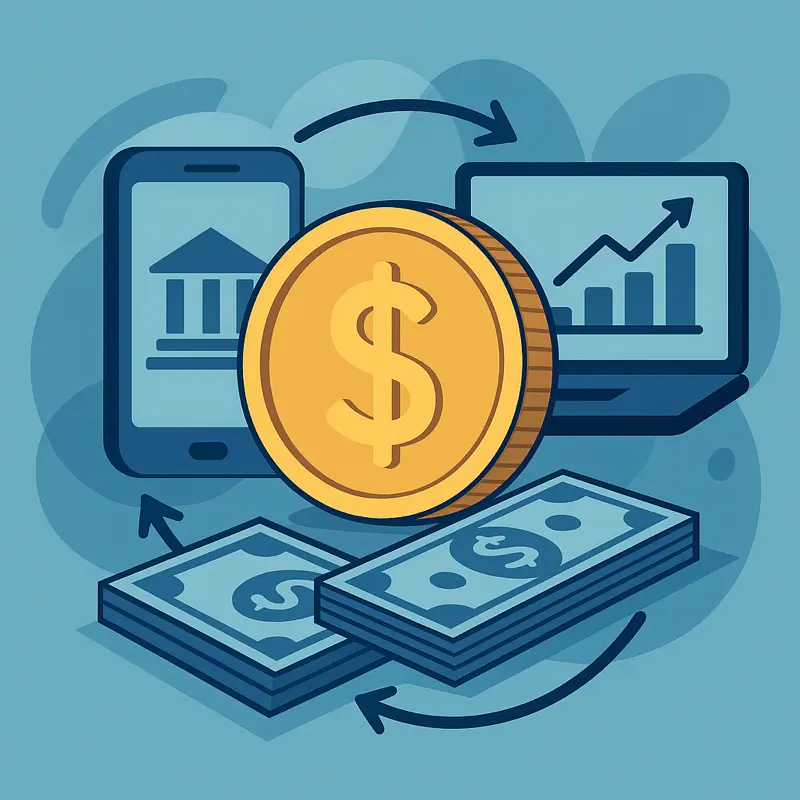Across the world, governments are exploring the idea of central bank digital currencies (CBDCs). Unlike cryptocurrencies such as Bitcoin, a CBDC would be issued and backed directly by a country’s central bank — in the U.S., that would mean the Federal Reserve. The concept has sparked both excitement and concern in financial and business circles.
What Is a CBDC?
A CBDC would function as a digital form of the U.S. dollar, existing alongside paper cash. Instead of holding funds only through commercial banks, individuals and businesses could have accounts or wallets tied directly to the Federal Reserve. Supporters argue this could modernize payments, reduce transaction costs, and expand access for unbanked populations.
Potential Benefits for Businesses
For businesses, a CBDC could streamline payments. Transfers between accounts could happen in real time, even outside banking hours. That means faster settlement for payroll, vendor invoices, and cross-border transactions. Reduced reliance on credit card networks might also lower transaction fees.
Concerns and Challenges
On the flip side, businesses worry about cybersecurity, privacy, and compliance burdens. Would every transaction be monitored more closely by regulators? How would fraud protection compare to existing systems? Commercial banks also warn that widespread CBDC adoption could pull deposits out of their institutions, reshaping lending markets.
Where Things Stand
The Federal Reserve has not committed to creating a CBDC, but research papers and pilot programs are underway. In Congress, some lawmakers are pushing bills that would restrict the Fed’s ability to issue a digital dollar without legislative approval, while others are drafting frameworks for how such a system might operate.
Bottom Line
For now, a U.S. CBDC remains theoretical. But businesses should pay attention. If digital dollars move from concept to reality, the impact on payments, banking, and customer behavior could be profound.


